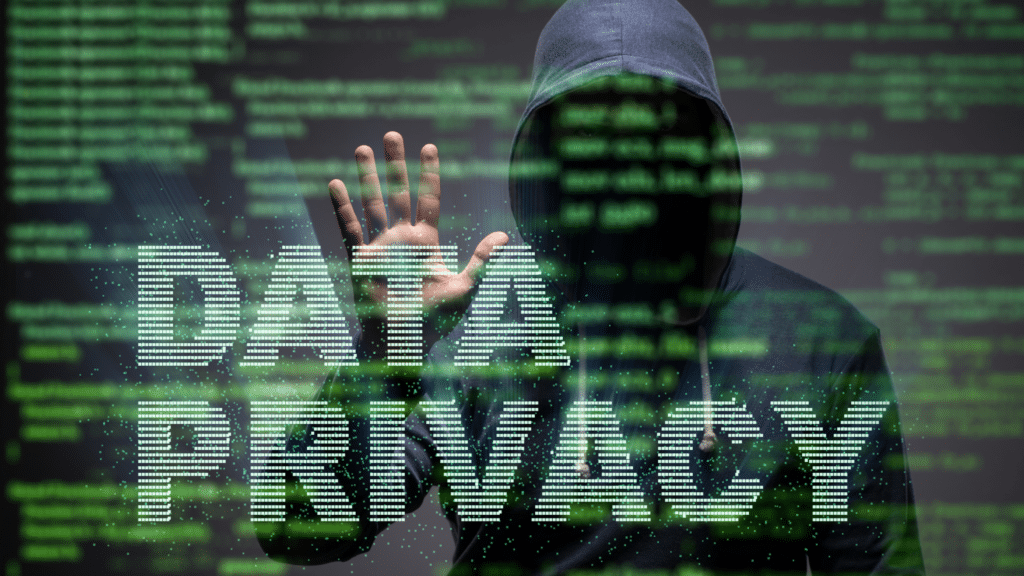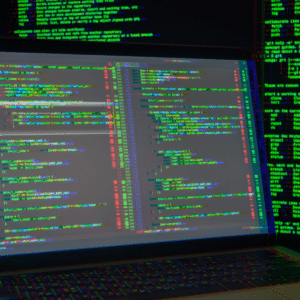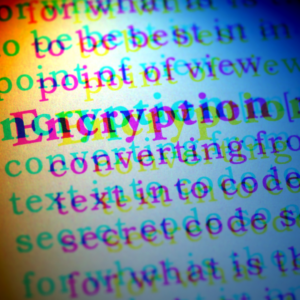
Data Privacy and Cybersecurity
Data privacy and cybersecurity have become increasingly important topics in today’s world as technologies continue to evolve and the threat of cybercrime increases. While there are many terms related to privacy and security, some key terms are essential to understand.
Here are a few of the most important terms in Data Privacy:
Access Control is the gatekeeper of physical and digital resources, ensuring only authorized individuals gain entry to restricted areas or protected data. It’s an essential part of safeguarding valuable assets.
Authentication is one of the essential terms in security. Authentication is a way of verifying the identity of someone or something using credentials like passwords or biometric markers. It is used to determine whether or not someone has the right to access specific data or systems based on their identity and associated privileges. It might involve validating personal identity documents and verifying the authenticity of a website with a digital certificate.
Cybersecurity is one of the contemporary world’s most significant challenges due to the complexity of information systems and the societies they support. Cybersecurity is the protection of internet-connected systems, such as hardware, software, and data, from cyber threats. The practice is used by individuals and corporations to protect against unauthorized access to data centers and other computerized systems.

Data Breach is a term that describes an incident where confidential data comes into contact with an unauthorized individual or entity. Data breaches often occur due to malicious attacks such as phishing scams or malware infiltrations, but they can also happen due to negligence, such as leaving computers unlocked or failing to properly secure networks against intrusion attempts. Companies must take steps such as implementing strong authentication procedures and regularly monitoring networks for suspicious activity in order to avoid data breaches from occurring.
Data Loss Prevention (DLP) is used in conjunction with cybersecurity technologies and processes to prevent unauthorized users from accessing sensitive information stored on computers and other digital devices. DLP solutions use various methods, such as encryption algorithms and usage monitoring software, in order to identify potential threats before they cause damage. DLP solutions can also provide additional layers of protection by preventing users from sending confidential data via email or other insecure channels that could potentially lead to data theft or malware infection.
Digital Forensics (sometimes known as digital forensic science) is the extraction and analysis of digital evidence from computers, smartphones, tablets, and other digital devices used in criminal investigations. The goals of digital forensics include locating evidence related to criminal activities as well as recovering deleted files or making copies of important documents stored on devices connected to a crime scene.

Encryption is another important term related to privacy and security. Encryption is a process of transforming data into an unreadable form known as ciphertext so that only authorized individuals who know the encryption key can read it. This makes it much more difficult for hackers to gain access to confidential information since even if they do intercept it, they won’t be able to make sense of it without the appropriate decryption technology.
Firewalls are hardware/software tools designed to keep malicious content from entering a secure network environment while simultaneously allowing valid traffic without disruption. Firewalls act like virtual gatekeepers monitoring incoming traffic for suspicious activity based upon predetermined rulesets specified by an administrator before admitting potential visitors into the system. They also often have built-in intrusion detection functions which alert administrators when certain thresholds are met, indicating possible malicious activity on the network being monitored.
Multi-factor Authentication (MFA) refers to an authentication process that requires verification from multiple sources beyond just passwords in order for someone’s identity to be verified successfully. MFA usually involves two different kinds of factors: something you know (such as a password), something you own (such as your mobile device), and something you are (for example, biometrics). By requiring multiple types of verification when granting access, organizations can greatly reduce the risk of malicious actors gaining access even if one type fails due to fraud attempts or human error.
Perimeter Security is any combination of hardware, software, and policies designed to protect an organization’s computer networks from malicious activity or unauthorized access from outside sources. It involves creating multiple layers of defense around the perimeter of the network with things like firewalls, authentication protocols, and intrusion detection systems.
Risk Management is an umbrella term used for various activities performed by organizations to identify potential risks posed by external threats such as cybercrime before they become serious issues that cause financial or reputational harm. Risk management refers to both proactive strategies, such as penetration testing, which help detect weaknesses before hackers exploit them, but also reactive strategies, such as incident response plans which help deal with cybersecurity incidents efficiently should they occur despite preventive measures being taken beforehand.
A close knowledge of privacy and security terms is paramount for companies looking to protect their digital data. Combining technical measures like encryption with explicit policies regarding user authentication can turn back any attempts at breaching an organization’s cyber defenses.
